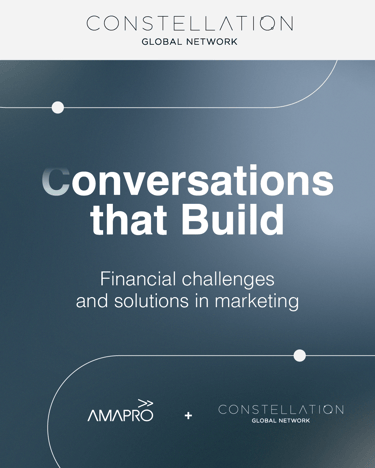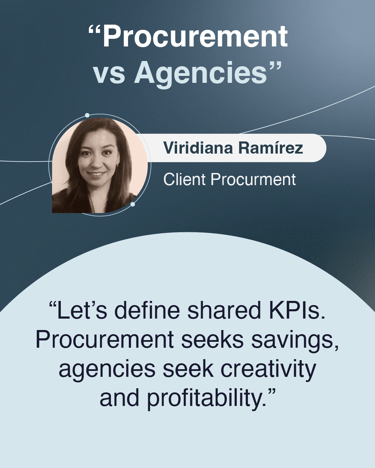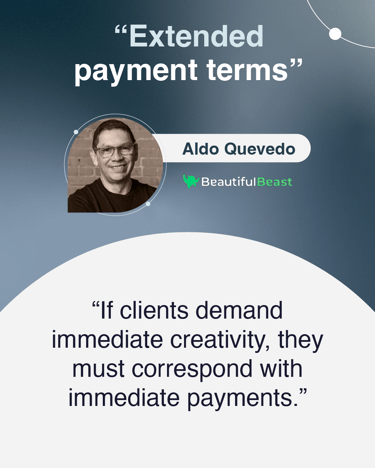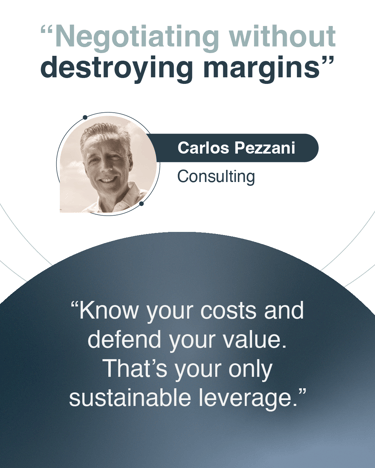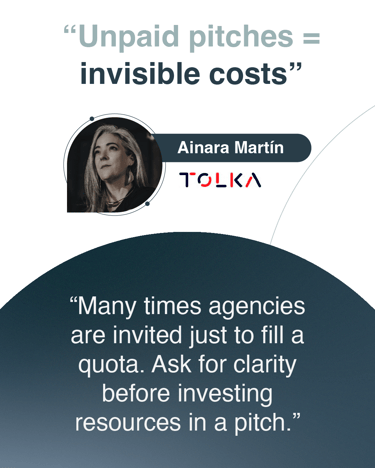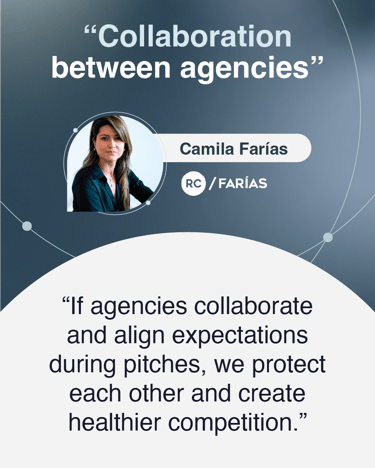Conversations That Build: Financial Challenges & Solutions in Marketing
A webinar hosted by Constellation Global Network in collaboration with AMAPRO Institute, bringing together agency leaders, clients and consultants to discuss how payment terms, procurement dynamics, and operating costs are reshaping the creative industry.
9/26/20253 min read
On August 21, Constellation Global Network and AMAPRO Institute hosted the webinar “Conversations that Build: Financial Challenges & Solutions in Marketing.”
The goal was to create an honest dialogue about how payment practices, procurement policies, and operating costs are reshaping the sustainability of the creative ecosystem.
The panel brought together diverse perspectives from four countries:
Aldo Quevedo (USA) – President & Chief Creative Officer at BeautifulBeast. With decades of experience in the U.S. Hispanic market, he highlighted the tension between creative immediacy and delayed payments.
Ainara Martín (Mexico) – Director at Tolka Estudio. She provided the independent agency perspective, stressing the burden of unpaid pitches and the need for clearer rules.
Viridiana Ramírez (Mexico) – Procurement leader at Nestlé. She brought the client-side view, advocating for shared KPIs and transparent conversations between procurement and agencies.
Carlos Pezzani (Argentina) – Consultant at SSE: Succeed | Scale | Evolve. He emphasized the importance of knowing costs and defending agency value in negotiations.
Camila Farías (Colombia) – Director at RC Farias. She underlined the need for collaboration between agencies to ensure healthier competition and stronger client trust.
This mix of voices —agency, client, and consultancy— allowed the conversation to capture the financial pressures from multiple angles, offering actionable insights for independent agencies worldwide.
Key Challenges
1. Extended Payment Terms
Speaker contribution – Aldo Quevedo (BeautifulBeast, USA): “If clients demand immediate creativity, they should correspond with immediate payments.” His point was clear: creative work has immediate value, and payment cycles must reflect that urgency.
Industry Insight: According to the World Federation of Advertisers (WFA, 2022), average payment terms to agencies have lengthened to 60 days, with a significant portion of advertisers pushing beyond 90 days. The 4A’s (2020) warned that such practices force agencies to rely on credit lines, directly undermining talent retention and project quality.
Takeaway for members: Build contracts with phased invoicing tied to deliverables and make cash flow a non-negotiable element in negotiations.
2. Unpaid Pitches
Speaker contribution – Ainara Martín (Tolka Estudio, Mexico): “Agencies are often invited just to fill a quota. Always ask for clarity before investing in a pitch.” She stressed the importance of filtering opportunities to avoid wasting resources.
Industry Insight: The ANA/4A’s Cost of the Pitch study (2023) found that a single review can cost an agency over $400,000 USD. Meanwhile, TrinityP3 (2022) reported that agencies invest an average of 175 hours per pitch, equating to $44,000 in unbilled time.
Takeaway for members: Professionalize the go/no-go process: require transparency on selection criteria, budget, and number of competitors before committing resources.
3. Misaligned Interests with Procurement
Speaker contribution – Viridiana Ramírez (Nestlé, Mexico): “Let’s define shared KPIs. Procurement seeks savings, agencies seek creativity and fair profitability.” She highlighted the need to move procurement conversations beyond cost-cutting.
Industry Insight: The WFA Project Spring report (2021) revealed that 72% of agencies feel procurement sees them only as a cost to reduce, while marketers themselves increasingly demand strategic value. Deloitte’s Global CMO Survey (2021) also shows the growing gap between procurement’s financial KPIs and marketing’s performance metrics.
Takeaway for members: Establish balanced scorecards with procurement that include efficiency, brand effectiveness, and agency sustainability — not only savings.
4. Negotiating Without Losing Margins
Speaker contribution – Carlos Pezzani (SSE, Argentina): “Know your costs and defend your value — that’s your only sustainable leverage.” He underlined that too many agencies negotiate blindly, without precise cost structures.
Industry Insight: McKinsey (2021) reports that average agency profit margins sit at 10–15%, far below tech or consulting industries. The IPA’s Pricing the Value of Creativity (2020) warns that underpricing leads to a destructive “race to the bottom,” where agencies sacrifice both profitability and creative standards.
Takeaway for members: Define your loaded costs and margin thresholds before entering negotiations. When concessions are inevitable, exchange them for tangible client commitments (volume, exclusivity, or public case studies).
5. Collaboration Between Agencies
Speaker contribution – Camila Farías (RC Farias, Colombia): “When agencies collaborate and align expectations during pitches, we protect each other and create healthier competition.” Her argument reframed competition as a collective responsibility.
Industry Insight: Forrester (2021) found that collaborative agency models improve campaign effectiveness by 20–30%. The ANA (2022) emphasized that modern brand growth depends on ecosystems of specialized agencies working together rather than siloed competition.
Takeaway for members: Co-opetition — competing while collaborating — strengthens trust with clients and protects the industry from self-destructive practices.
Insights
The discussion confirmed a central truth: financial practices are not administrative details; they define the health of creativity.
For Constellation members, the most relevant actions are:
Demand payment structures aligned with project delivery.
Filter pitches professionally and require transparency.
Engage procurement with shared KPIs that go beyond savings.
Defend margins with data, not discounts.
Explore collaboration models that create mutual benefit.
By aligning around these practices, independent agencies can protect their teams, ensure profitability, and strengthen creativity’s value in the global market.
References
World Federation of Advertisers (2022). Global Agency Remuneration Trends.
4A’s (2020). The Ripple Effect of Extending Payment Terms.
ANA & 4A’s (2023). Cost of the Pitch.
TrinityP3 (2022). OUCH! Factor Report.
WFA (2021). Project Spring.
Deloitte (2021). Global CMO Survey.
McKinsey & Co. (2021). Media & Entertainment Insights.
IPA (2020). Pricing the Value of Creativity.
Forrester (2021). CMO’s Guide to Agile Agency Relationships.
ANA (2022). The Future of Agency Ecosystems.
Want to discover more stories like this?
Follow Constellation Global Network on Instagram and LinkedIn, where we spotlight the agencies shaping the future of creativity worldwide.
Join Constellation: Contact Us
